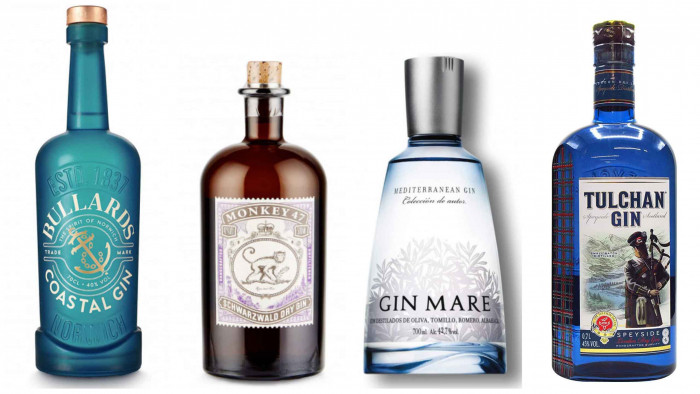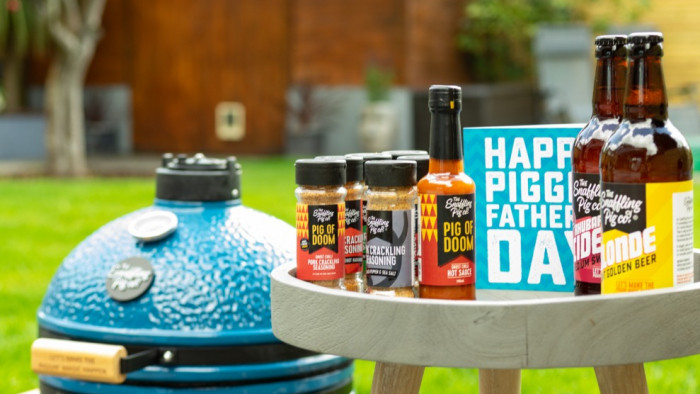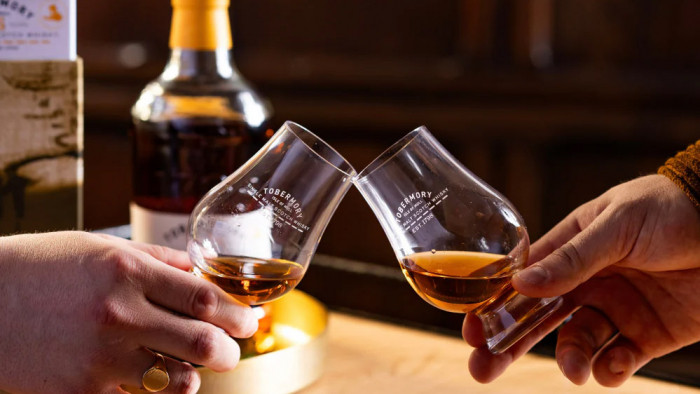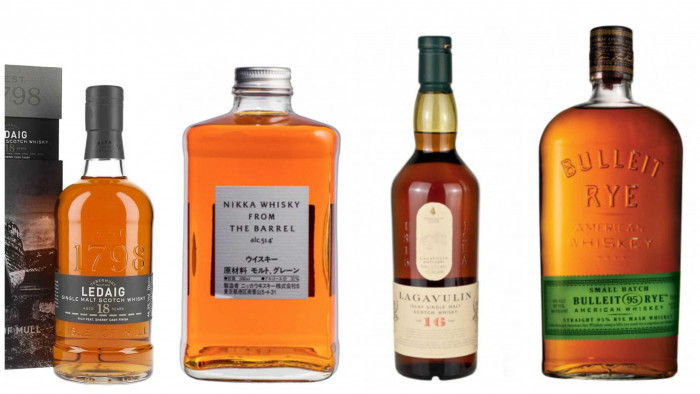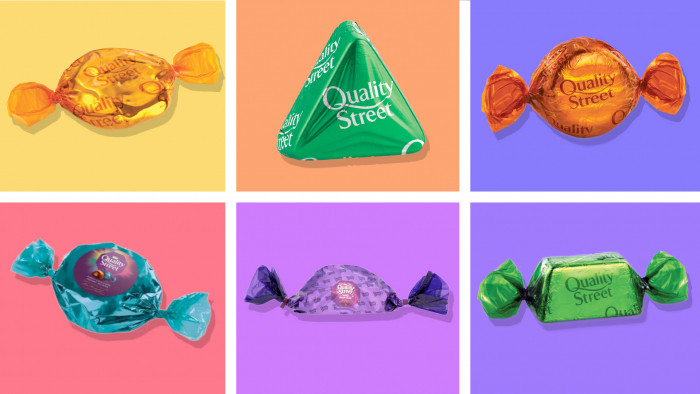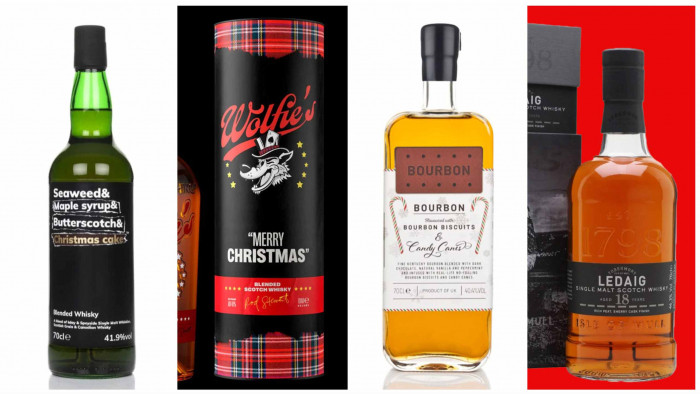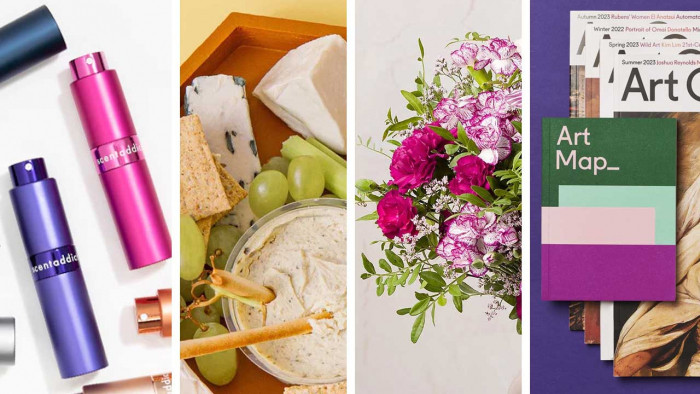15 Most Beautiful 'Old Man' Pubs In Britain To Sink A Pint This Weekend
15 Most Beautiful 'Old Man' Pubs In Britain To Sink A Pint This Weekend


Nineteen pubs across Britain have just achieved listed status, mostly as Grade II (with one upgraded to II*), making them some of the most treasured - and now protected - drinking holes in all the land.
From the Daylight Inn in Kent, named for a local resident who campaigned for daylight saving, to a Landlady’s labour of love in Scunthorpe, these are the best old-school boozers in Britain.

The Wheatsheaf, Merseyside, built in 1938
The day The Wheatsheaf opened, according to local Frank Baumber, a great crowd of ale drinkers, lured by the promise of a free pint of ale, were met by campaigners who sang and preached, warning against entering the "House of the Devil". Thankfully nobody listened.

The White Hart, Grays, Essex, built 1938
The star of the White Hart is the fine, oak bar which stretches through 5 rooms, allowing the landlord to move easily between the different spaces whilst keeping a watchful eye over the whole pub.
The White Hart is designed in two different styles: the carefully decorated saloon bar and club room were intended for a different class of customer to the public bar, reflecting the aim in the inter-war years to attract a wide range of customers. A proper old-school boozer.

The Brookhill Tavern, Birmingham, built 1927-28
This was built by Mitchells and Butlers brewery who were at the forefront of pub improvement in the Midlands during the inter-war years and were especially renowned for the gardens in their pubs.
According to the 1929 book, 50 Years of Brewing, on a fine evening in summer “there will be scores of people of all ages enjoying themselves in these gardens”. Despite being active consistently for 80 years, the Brookhill Tavern is mostly unaltered and the quality craftsmanship can still be seen, even in the workmanship of the drain pipes.

The Angel, Hayes, Middlesex, built 1926
The Angel was rebuilt by Fuller’s brewery and typifies the sturdy Englishness that inter-war pubs often tried to evoke. Its architect, the Birmingham born T H Nowell was known for his quietly simple Arts and Crafts designs which were a reaction to the showy gin palaces of Victorian England.

Biggin Hall Hotel, Coventry, built 1923
Despite its name, this was never a hotel. It was named such to give it a degree of status, respectability and to broaden the class of its clientele. It was built during the wider development of a suburb of Stoke after the First World War, serving both middle-class locals as well as workers at the nearby munitions factory and telephone works.
Designed by renowned Coventry architect T F Tickner, it was built in the Brewer’s Tudor style and, like many of these newly listed pubs, it survives almost exactly as it was built nearly 100 years ago.

The Black Horse, Birmingham, built 1929-30, upgraded to Grade II*
The Black Horse is one of the finest examples of inter-war pubs in the country, with no equal in size, ambition or quality. It was built by Birmingham brewery Davenport’s who already ran a successful home delivery service called Beer at Home.
It is a beautiful example of the Brewer’s Tudor style, executed using traditional methods and with its high quality of craftsmanship it embodies the best of the Birmingham Arts and Crafts tradition.

The Daylight Inn, Petts Wood, built 1935
This pub was named for nearby resident William Willett, who campaigned tirelessly for daylight saving, finally introduced after his death in 1916. It was the only pub in the district for several decades and soon became a central communal space for people who lived in Petts Wood, largely due to its range of useful spaces including an impressive ballroom.

The Berkeley Hotel, Scunthorpe, built late 1930s
The Berkeley Hotel was commissioned by Edith Kennedy who in a highly unusual collaboration developed the pub in partnership with brewery Samuel Smith, decorated it and eventually ran it with her husband. The local newspaper said of the resulting building, with its Art Deco influences and beautiful fittings - “allied to the skill of architect and builder…is a woman’s taste”.
It is a fine and incredibly in-tact example of a “roadhouse” pub which was the peak of the inter-war “improved” pub movement, designed with a large car park to attract both local and visiting customers.

The Duke of Edinburgh, Brixton, built 1936-7 by Truman’s
This pub stands close to the heart of Brixton, near the market and Electric Avenue, London’s first electrically-lit street. It has survived almost unchanged over the years and many of the characteristics distinctive of Truman’s style remain, from its leaded stained glass windows to its almost intact off-sales section.

The Duke William, Stoke on Trent, built 1929
There has been a Duke William pub on this site since the early 1800s and the building we see today has survived well since being rebuilt in 1929, even the majority of the original windows remain.
Inside it feels like a traditional local pub with its warm wood panelling and detailed fireplaces. We can also still experience the original, well considered layout, including the central bar which allowed the landlord to supervise all areas of the pub simultaneously, keeping an eye out for any raucous behaviour.

The Gatehouse, Norwich, built 1934
Norwich was severely bombed during the Second World War: 30,000 houses were damaged and 2000 completely destroyed. The Gatehouse suffered some bomb damage but survived remarkably well. Due to its unusual style it was, and still is, a striking landmark designed to entice passing trade. Inside, the bar has the feeling of a small-scale baronial hall and is decorated with medieval style panels of stained glass windows, said to be inspired by the Bayeux Tapestry.

The Royal Oak, Columbia Road, London, built 1923 by Truman’s
On the doorstep of the famous Columbia Road Flower market in Hoxton, the Royal Oak is called an “early pub” because it serves market traders from 9am on Sundays. It is also a sought-after filming location thanks to its authentic feel and surrounding cobbled streets.

The Rose and Crown, Stoke Newington, built 1930-32 by Truman’s
Designed by the brewery’s chief architect A E Sewell, the Georgian style of this pub gives it a refined air, neatly reflecting the brewer’s intentions of giving pubs a more respectable reputation. Its surviving lounge and dining room show the suburban, middle class drinkers that Truman’s hoped to attract in inter-war Stoke Newington. The Rose and Crown, like the Royal Oak, is one of only a few pubs in existence to still have its special ceiling made of vitrolite- a material used to encourage better hygiene and defy the popular image of the pub as a murky establishment.

Golden Heart, Spitalfields, London, built 1936 by Truman’s
Just down the road from Truman’s Black Eagle brewery on Brick Lane, and emblazoned with the rare “Truman’s” neon lighted sign, the Golden Heart is a stately pub also designed by A E Sewell.
During the 1980s and 90s it became associated with the artistic and cultural vibrancy of Spitalfields and was the local for artists such as Tracey Emin and Sarah Lucas. The landlady, Sandra Esquilant, was voted one of the hundred most influential people in the art world in 2002.

The Stag’s Head, Hoxton, London, built 1935-6 by Truman’s
A plain exterior belies the high quality of this pub’s interior. The Stag’s Head is one of the most complete examples of Truman’s “house style” with its original, long curving bar and brick fireplaces. An important and rare survival is the off-sales department which was set slightly away from the main area of the pub and allowed customers to buy drinks they could take away from the premises. It is a small, simple pub which served the workers at the nearby warehouses, factories, wharves and neighbouring housing estates.
Latest
Related Reviews and Shortlists


